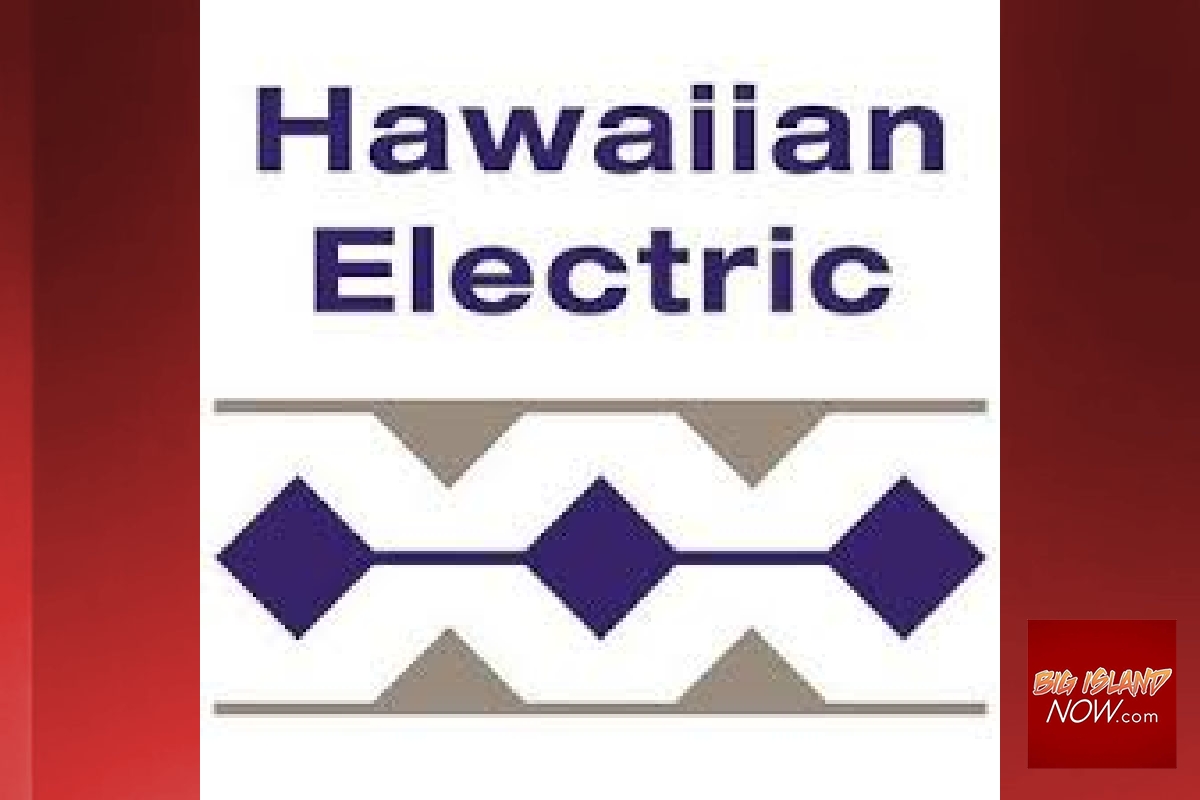Big Island’s Sister City Program launches ‘Ale Lau Loa
The County of Hawaiʻi’s Sister City Program has launched a new initiative – ‘Ale Lau Loa – to promote cultural learning and exchanges between high school students, with an emphasis on sharing Hawaiian culture and knowledge.
Led by the County and created in partnership with the Thirty Meter Telescope (TMT) International Observatory, the program provides an immersive learning experience that allows local youth to explore first-hand the history, values and customs of traditional and indigenous cultures across the globe.
“Our main goal is to invest in our keiki to help them grow into leaders who can create a better future for Hawaiʻi,” said Mayor Mitch Roth. “Through cultural exchanges like this, we give them the chance to learn from different cultures, helping them understand and appreciate diversity and opening doors to new opportunities. We believe that by empowering our youth in this way, we can create a more inclusive community where everyone can thrive and contribute to making the world a better place for all.”
‘Ale Lau Loa began in 2023, with six Hawaiʻi Island students visiting two sister cities in Okinawa, Japan, as part of an all-expense paid trip, last October.
In March, the county will begin accepting applications for the next trip planned for this summer to North America, with up to 10 students being selected. Locations are currently being finalized. The program is open to sophomore and junior students attending state Department of Education schools, including charter schools.
To qualify, students need to either speak ʻōlelo Hawaiʻi or be practicing Hawaiian culture and be recommended by a teacher. Applications are reviewed by a selection committee, with preference given to students who demonstrate financial need or lack the means to travel. Students who are interested in the program can contact their school principal for more information.
In its inaugural year, the program started with the theme of Wayfinding and Navigation. The county partnered with traditional wayfinding experts and Hui Okinawa, an Okinawan culture club in Hilo.
“This program would not have happened without our incredible community partners,” said Jane Clement, ʻAle Lau Loa program director for the county. “Before our students went to Okinawa, they participated in workshops with cultural practitioners and wayfinders, which was a crucial component of the program.”
The student exchanges are funded by TMT and as part of its commitment to support a community-based model of astronomy that is inclusive of indigenous knowledge and culture, said Yuko Kakazu, TMT’s Education, Outreach, and Broader Impacts Manager and Scientist.
In 2023, funding was also provided by the National Astronomical Observatory of Japan, one of TMT’s partners. Each year, students will visit indigenous communities in one of TMT’s partner countries.
“We often hear from Hawai’i Island communities that we always host people from the outside and that our keiki do not have opportunities to travel outside Hawaiʻi,” Kakazu said. “These students are incredible ambassadors for Hawaiʻi, and we are pleased to join our partners to help them gain unforgettable experiences and build meaningful connections with people and cultures across the globe.”
During the trip to Okinawa, students were welcomed by the mayors of Nago City, Kumejima town, and the Okinawa prefectural government assembly chair. Students visited three schools and shared hula, oli and Hawaiian language with local students.
In return, they learned Okinawaʻs history, language, traditional Eisaa drumming and the sanshin musical instrument. They also visited the Okinawa Churaumi Aquarium & Oceanic Culture Museum, planted coral reef seedlings in Onna village, did stargazing with students in Nago, and toured the Shuri Castle and Okinawa Institute of Science and Technology Graduate School.
Malia Bacxa, a junior at Kealakehe High School who participated in the program, recalled the friendships that they made while in Okinawa. By the end of the trip, it was hard to say goodbye.
“I was immediately touched by how they are so kind and so open to all of us students,” she said, of her hosts and the students in Okinawa.
Bacxa added, “If you have that little feeling that this is a new opportunity that you want to participate in, jump on it. You won’t regret that opportunity. You really observe and you have a bigger and broader understanding of culture and the people all around the world.”
Kumu Keala Ching, who named the program, led Hawaiian cultural programs. Prior to the trip, he taught the Hawaiʻi students hula, chanting and how to make a star compass lei. County Recreation Specialist Kalani Kahalioumi and wayfinding experts led navigation workshops for the students in Hilo.
“ʻAle Lau Loa, or long large wave, is a metaphor for the long and complex histories of indigenous cultures,” Ching said. “Just like a long, large wave that travels across the ocean, the history and traditions of indigenous cultures have often been passed down from generation to generation. By recognizing and respecting the importance of this cultural knowledge and heritage, we can gain a deeper understanding of the unique perspectives and contributions of indigenous peoples.”













